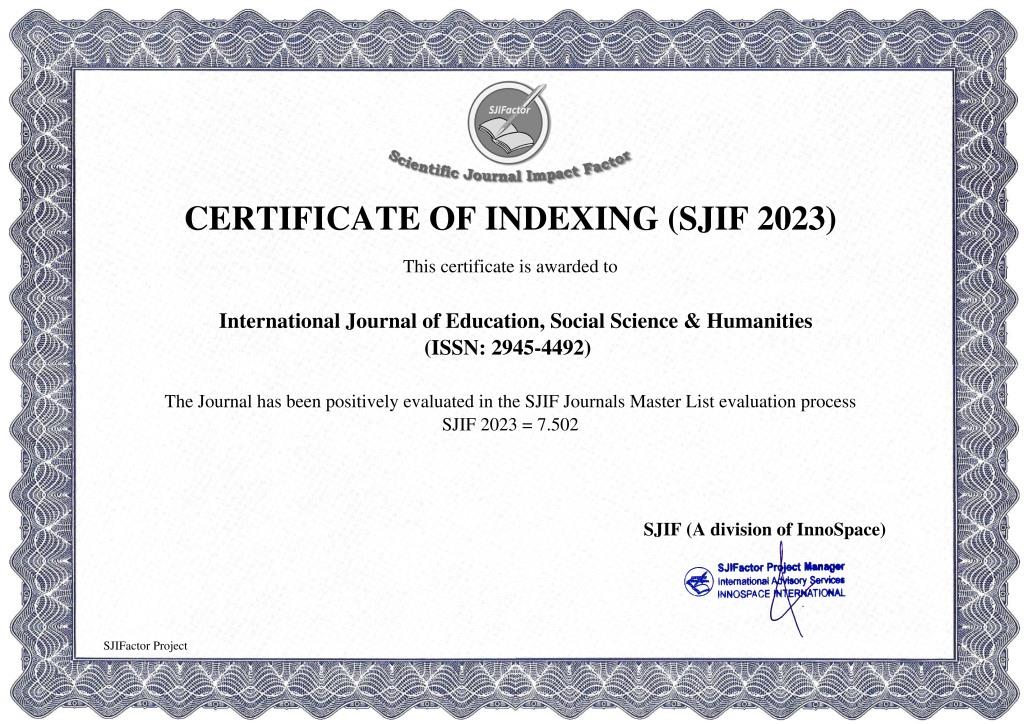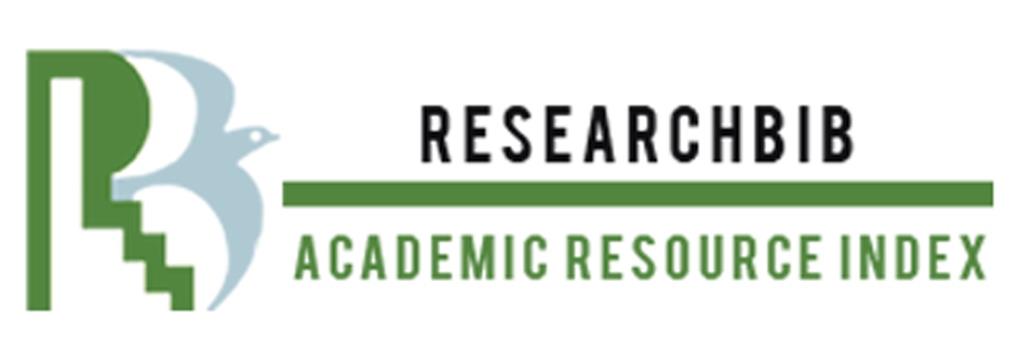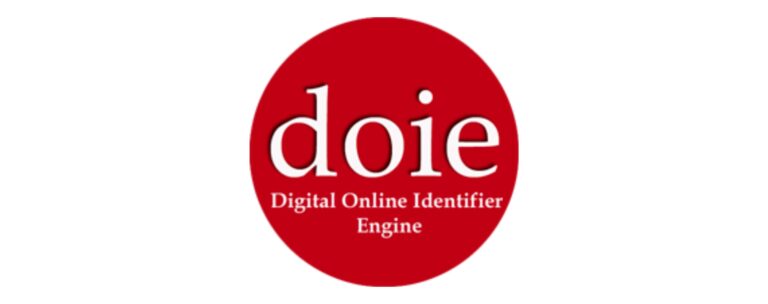СHILDREN DYSTOPIAN GENRE DEVELOPMENT IN THE EARLY 21 ST CENTURY IN ENGLISH LITERATURE
Keywords:
children, dystopian, 21st century, society, technology, environment, education, healthcare, government, inequality, oppression, rebellion, major influences, development of the genre, control, science and technological advancement, social reflection.Abstract
This article examines the portrayal of children in dystopian literature and film in the 21st century. It analyzes how these works depict children as victims of oppressive and authoritarian regimes, exploring themes such as loss of innocence, trauma, and resilience. The article also discusses how dystopian narratives use children as symbols for hope and rebellion against oppressive systems, while highlighting the dangers of apathy and complacency. Through an analysis of popular examples such as The Hunger Games and The Maze Runner, this article argues that dystopian fiction provides a powerful platform for exploring complex social issues through the eyes of young protagonists.
References
Condie, Ally. Matched. London: Penguin Group, 2010.
Ishiguro, Kazuo. Never Let Me Go. London: Faber and Faber, 2005.
Shannon, Samantha. The Bone Season. London: Bloomsbury. 2014. Secondary sources
“1900 to 1909 Important New, Significant Events, Key Technology”. The People history. www.thepeoplehistory.com/1900to1909.html. Accessed 13 Jun. 2018.
Aditya Sharma. Comment on “How many hours fo Americans spend in high school per week.” Quora, 09 Jan 2018. www.quora.com/How-many-hours-do-Americans-spendin-high-school-per-week.
“anti-.” Online Etymology Dictionary. www.etymonline.com/word/anti-. Accessed 7 Feb. 2018.
“anti-utopia.” Merriam-Webster's Learners Dictionary, Merriam-Webster. www.merriam-webster.com/dictionary/anti-utopia. Accessed 7 Feb. 2018.
“apocalypse.” English Oxford Living Dictionaries. Oxford. en.oxforddictionaries.com/definition/apocalypse. Accessed 11 Jul. 2018.
Atala, Anthony. “Tissue-engineered autologous bladders for patients needing cystoplasty.” The Lancet. Vol. 367. No. 9518. P. 1241 – 1246. 15 Apr. 2006. www.thelancet.com/journals/lancet/article/PIIS0140-6736(06)68438- 9/fulltext?code=lancet-site#. Accessed 10 Jul. 2018.














